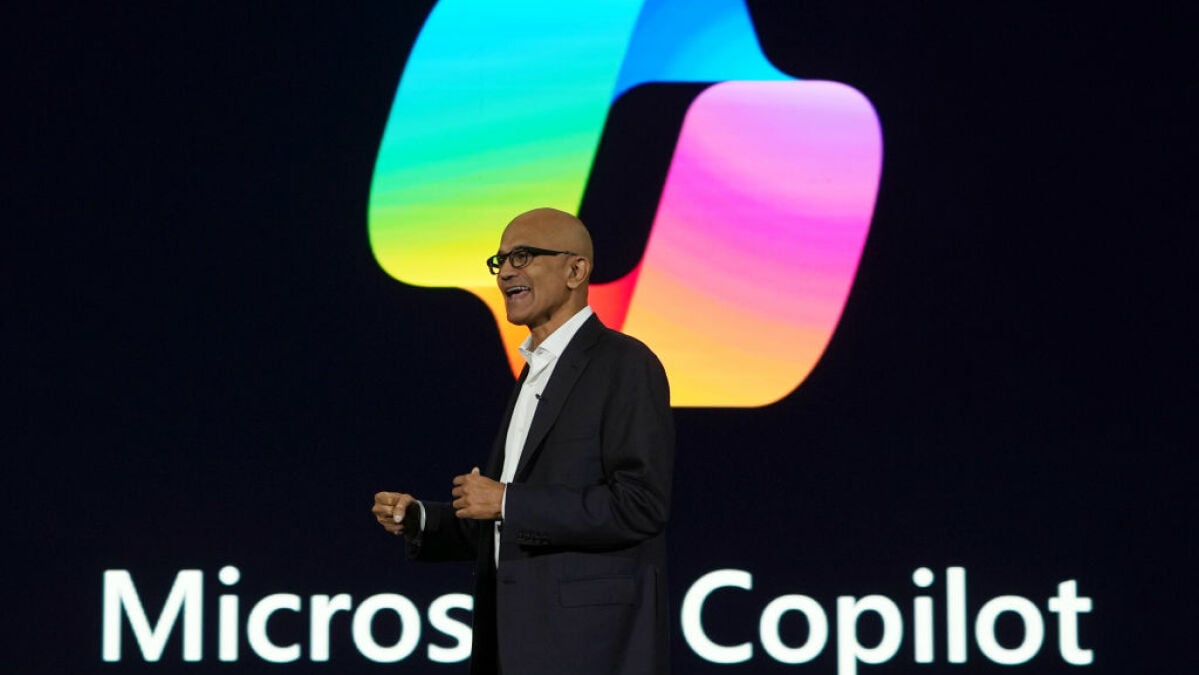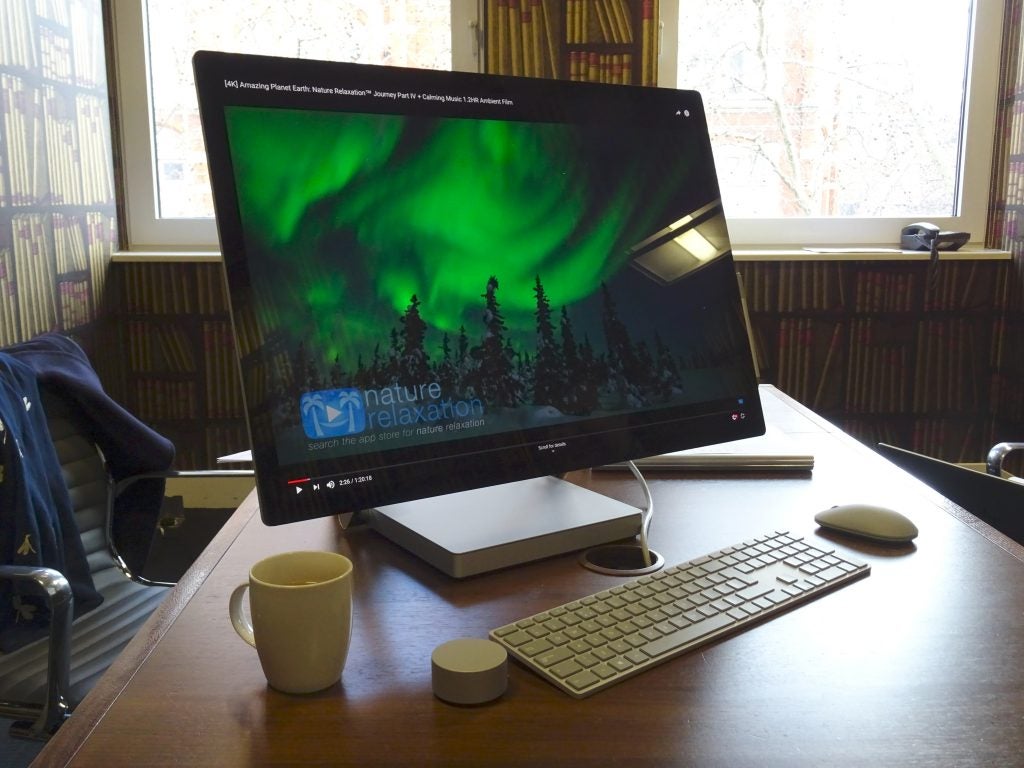HoloLens Is Officially Dead, Along With Microsoft’s Business AR Dreams
HoloLens 2 was Microsoft’s attempt to become the big fish in the burgeoning VR space. Instead, for years, the headset floundered. On Tuesday, Microsoft finally declared that its HoloLens efforts have drowned. Anyone who still owns one of the HoloLens 2 headsets has a few more years before Microsoft stops offering support. Microsoft is ending production on the HoloLens 2. Worse, there’s no HoloLens 3 in sight.
Microsoft first confirmed HoloLens’ demise in a statement to UploadVR. The HoloLens 2 headset will receive updates for “critical security issues and software regressions” until 2027. By 2028, Microsoft’s beleaguered mixed reality brand will no longer be supported. Now, all that’s left of HoloLens is the Integrated Visual Augmentation System, or IVAS. That ongoing project is Microsoft’s effort to make AR glasses for the U.S. Army.
HoloLens was billed as a business-end device rather than a headset we regular folk got to use day-to-day. The company’s 2022 announcement reiterated how effective a pair of AR goggles might be for those working heavy machinery on a factory floor.
Though it’s a sad day for HoloLens 2, it’s worse news for the original HoloLens from back in 2016. Microsoft will stop offering security updates after Dec. 10 this year. Microsoft reportedly had a HoloLens 3 in the works for the past several years. A Business Insider report in 2022 implied there was too much friction within the HoloLens development team to create a true headset sequel. Some wanted the next headset to focus more on consumer-end headsets than the HoloLens 1 and 2 enterprise customers. More HoloLens developers have moved on to Meta.
Microsoft’s timing seems especially dire considering Meta’s recent Connect conference. The Mark Zuckerberg-led company revealed a new $300 Meta Quest 3S budget headset and its first pair of true AR glasses. Orion resembles a pair of extra-bulky shades, but they contain a microlens display and, along with a processing brick that slips into your pocket, can bring up AR content in front of your eyes.
It’s essentially what Microsoft wanted from its HoloLens. Just five years ago, the HoloLens 2 was competing with Magic Leap. Meta reportedly worked with the once-VR titan to get its hands on its AR visualization tech. We can’t say whether any of that expertise made its way into the Orion prototype, but those AR glasses are the culmination of many companies’ dreams to replace smartphones with wearables.
The U.S. Army is still reportedly gung-ho on IVAS, just as much as it was last year. A 2022 report showed U.S. soldiers who used IVAS 1.0 were less combat-effective than those who went without. At least one soldier reportedly worried the headset was so uncomfortable and ineffective that it would get them killed.
Microsoft has a 10-year, near-$2.2 billion contract with the armed services to develop the headset. According to National Defense, field tests for an IVAS 1.2 have reportedly been more successful thanks to a slimmed-down form factor and better low-light sensors. The U.S. Army plans to run a company-level test of the headset sometime in 2025. Armed forces officials must decide whether IVAS is worth putting into wider production next year. The Army was seeking $255 million in the latest congressional budget that would allow them to procure more than 3,000 more IVAS headsets in 2025.




